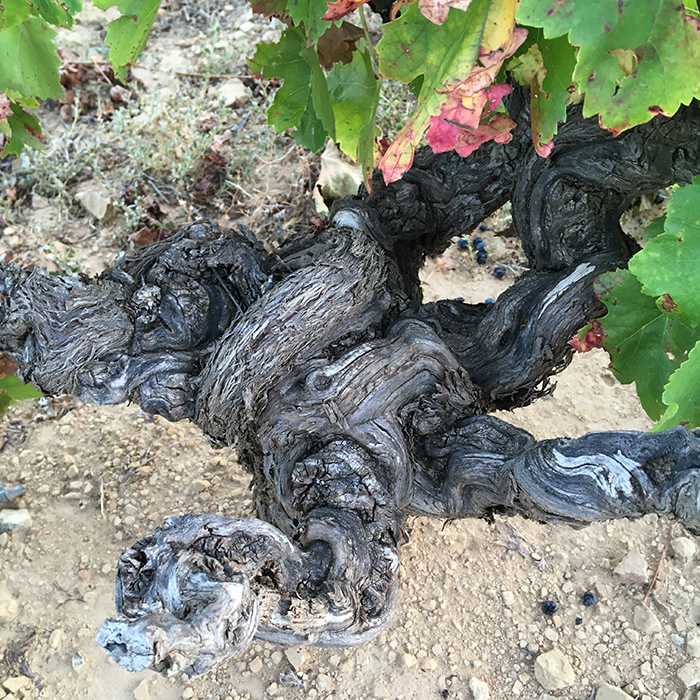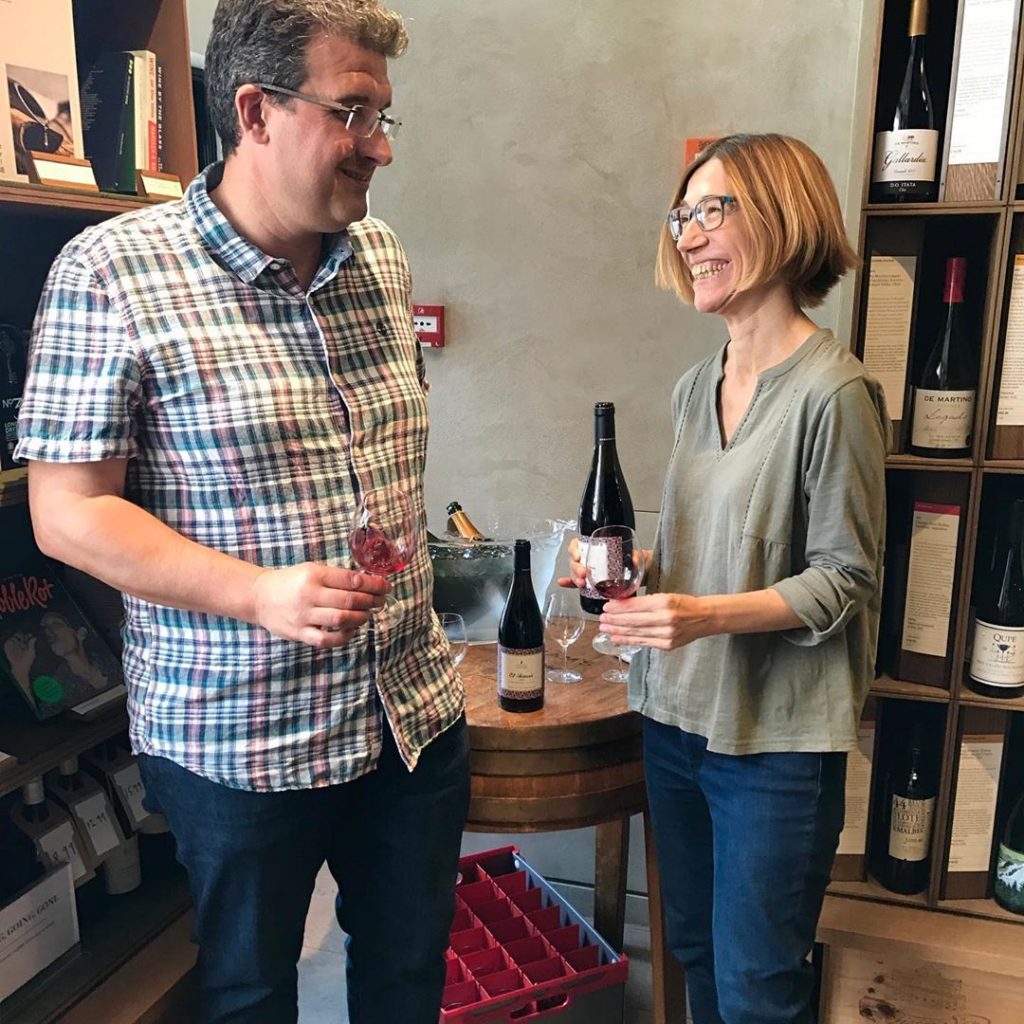Guerrilla Garnacha
Author: Lucy Bland

Husband and wife team, Elisa Úcar and Enrique Basarte of Domaines Lupier really do embody the expression “dynamic duo”. To this day they are two of the most inspirational people that I have met. Their old-vine Garnacha project in Navarra is pretty special. In fact, “project” doesn’t really do Domaines Lupier justice. It is nothing short of a labour of love and, most importantly for Elisa and Enrique, it is a way of life. In 2006 they both gave up comfortable jobs in the wine industry and took out a loan to pursue their dream of rescuing abandoned, old bush-vines in Navarra – and we are very glad that they did.
Navarra is often best known for fruity rosados and international varieties such as Cabernet Sauvignon and Merlot. Enrique and Elisa’s focus, however, is old-vine Garnacha. Interestingly there is no official definition of an “old vine”, although certain wine-producing areas have come up with their own classifications. The Old Vine Charter of Australia’s Barossa Valley, for example, states that an “old vine” must be a minimum of 35 years old. Domaines Lupier’s oldest plot (of 27) was planted in 1903, so it’s safe to say that we think their vines should certainly be considered old! The vines that cover their 17 hectares have an average age of 80 years between them, which is rather unusual for Navarra, or most wine regions really.
“Labour of love” is no understatement; older bush vines like these require a great deal of manual labour and expertise. Enrique and Elisa work incredibly hard, both in the vineyard and in the winery. Old vines are also much less productive with age, but what they do produce can be of exceptional quality.
There are not many Garnacha bush vines of this age left in Navarra given the low commercial viability. Indeed, there are many that think Enrique and Elisa are, for want of a better word, bonkers for doing what they do. It is not an easy life. One would expect Domaines Lupier’s pricing to be much higher given how much work goes into these wines. Their average yield is somewhere between 14 and 20hl/ha. To put this in context, the maximum yield for Grand Cru Chablis is 54hl/ha. Domaines Lupier’s incredibly low yields result in a very high level of concentration and complexity in their two wines, El Terroir and La Dama, which consequently have a great ability to age in bottle, their tannins softening further over time. I’ve got a bottle of La Dama 2012 at home that I’ll be keeping as long as I can resist it.

Between them, it seems Enrique and Elisa have worked all over Spain, but they particularly chose the tiny, remote village of San Martín de Unx and its surrounding vineyards for their solo project. They feel that the “mountain viticulture”, farming vines at an altitude of 600 to 750 metres, preserves freshness in the wines, further aided by the limestone soils. Their existence really is one in harmony with nature.
Each year is different from the last and that’s something they embrace whole-heartedly. They have such respect for their vines and believe that they continue to learn from them, discovering more of their personality each vintage. They are certified organic and work biodynamically; their intention is minimal intervention and maximum sustainability.
They also firmly believe that a wine can and should convey a sense of place, or terroir. I certainly see that in their wines, having now visited. When I smell those lifted wild herb notes mixed in with the deep fruity core, I am immediately transported back to the steep, rugged vineyards, dotted with wild herb plants and “eternal life” chamomile.
Enrique and Elisa taste the wine from each of their plots blind to decide which will go into El Terroir and which will go into La Dama. The results are almost always the same. They focus on the energy and vibrations they feel. For them, El Terroir, as the name would suggest, embodies a connection with the earth, while La Dama is more ethereal in its energy and is more lifted, pointing towards the sky. It may sound far-fetched to some, but it makes perfect sense to me. Open a bottle of each and see whether you feel it too.Explore the range of Domaines Lupier on bbr.com


